Description
Lysimachia ciliata ‘Firecracker’
A dark leaved selection of a North American native which forms spreading mounds in any soil with enough moisture. The leaves are rounded and coloured a dark purple-brown, more intensely so earlier in the year, but still coloured well when the flowers arrive in Summer. The flowers, which are bright yellow stars, hang in loose array atop the 60-75cm high flowering stems, interspersed with pointed stem leaves. A great plant to add a little delicacy and contrast into a hot colour scheme. Clumps spread but are easy enough to control. Will grow well in clay soils in the open border.
The origins of the names Lysimachia and Loosestrife are both very old . Pliny regarded the derivation of the Genus name to be in honour of King Lysimachus of Siciliy, son of Agathocles, who reputedly first discovered its properties for staunching wounds an mending green fractures. A belief in these properties persisted for centuries.
The common name Loosestrife, means exactly what it says; that it has use in calming strife. This is particularly connected with calming oxen yolked together for ploughing, though some said a sprig thrown between two quarrelling oxen would immediately bring them to reason. A few sprigs of yellow loosestrife tucked under the harness was said to keep the beasts calm them and prevent quarrelsomeness. It was supposed this was due to some sedative property, but is probably effective on account of it being obnoxious to biting insects, driving them off and preventing them bothering the animals. Burning the herb indoors was used as a way of clearing a room of gnats and was also supposed to drive away snakes.
A dye can be made from the flowers which will dye the hair yellow.
The Lysimachia are all plants of wet sites, growing in anything from the moist to the quite soggy.
Whilst the flower of L. vulgaris seems to bear neither honey nor scent, the flower is the only one that the bee Macropsis labiate will visit. In fact where L.vulgaris does not grow, the bee seems not to exist either.
Lysimachia vulgaris –Yellow loosestrife Yellow Willow Herb, Herb Willow, Willow-wort, Wood Pimpernel



















































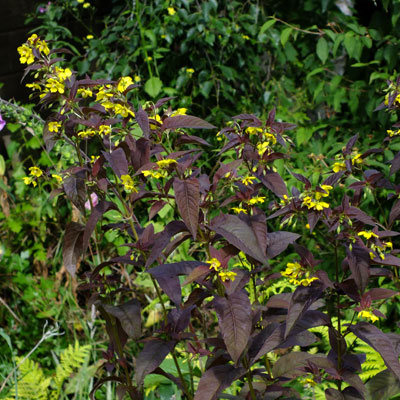


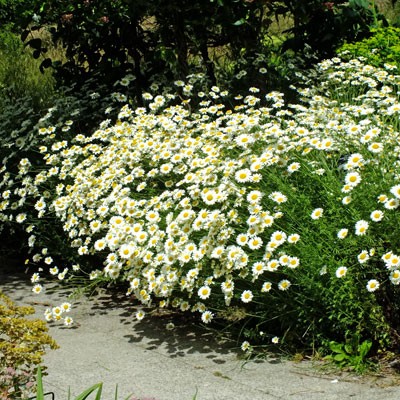
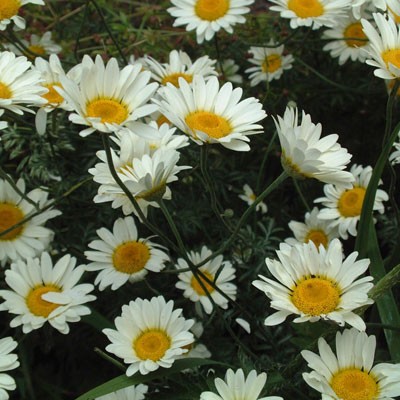
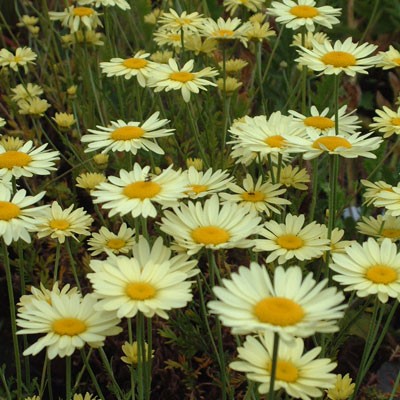
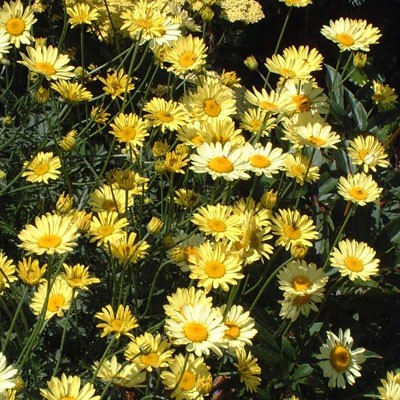
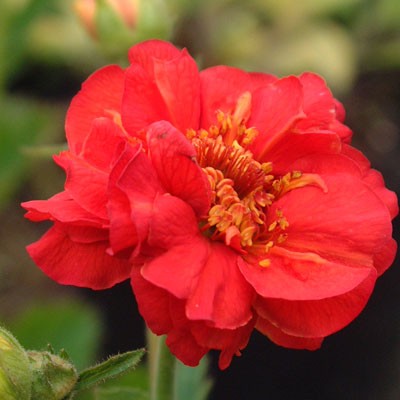

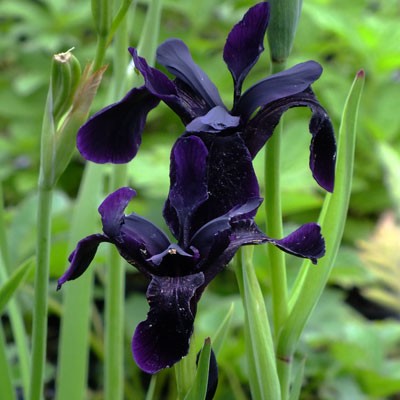
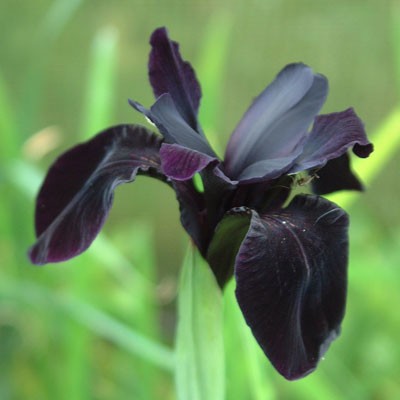
Reviews
There are no reviews yet.